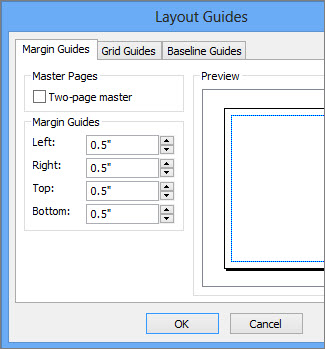

If "close enough" is good enough you can stop here, but if you need more precision follow these steps: Now we have some guides, but as you may have noticed it's kind of hard to be very precise about where you place them.


THERE IS LARGE RIGHT MARGIN IN WORD SOFTWARE
If you like, you can jump down to the heading that matches the software you're working with. Now we'll jump into software-specific methods for setting up margins in your Adobe document. If you put a ruler to and actual printed product, it'll give you a much better idea of how big your margins should be. An ⅛ inch to ¼ margin is pretty standard for a business card, but how big you make your margin depends upon how much space you would like to have around your content. You can see in the image below that the business card I measured has roughly a quarter-inch margin. One easy way to do this is to grab a sample of a design you already like and measure its margins This will give you valuable perspective on how large your margins should be. The Basicsīefore you fire up your favorite Adobe program, we should get a real-world reference for where we want our margins to be. For practical purposes, we'll limit this article to the three major Adobe programs commonly used for print layouts: InDesign, Illustrator and Photoshop. So how do we set margins? Well the basics are the same no matter what software you're using, but there are some software-specific steps that we'll cover in this article. Doing this will save you a lot of time and reliably result in better layouts. You set a margin based on a real-world acceptable minimum distance from the edge, then keep your content inside that margin. This is where guides, rulers and margins come in handy. This can be difficult since the view on our screen can be very different than what we see on the final product.

When you're creating a layout for a flyer, magazine, brochure or even a business card, it's extremely important to to know where your content is so that it doesn't get too close to the edge or partially cut off.


 0 kommentar(er)
0 kommentar(er)
